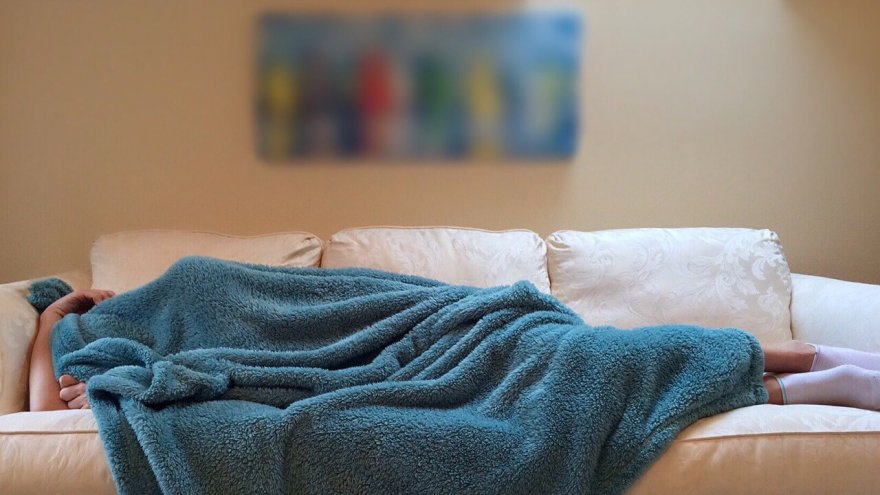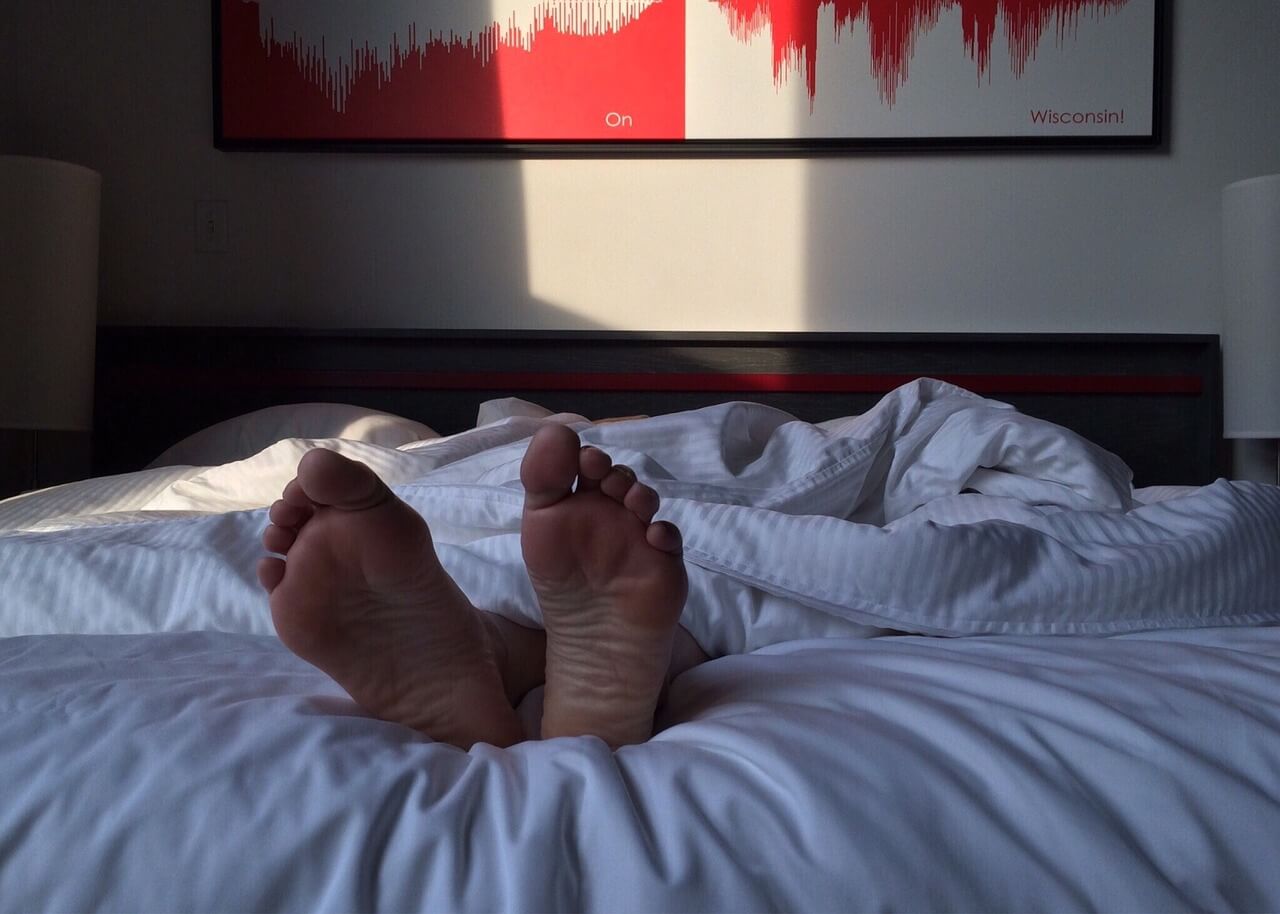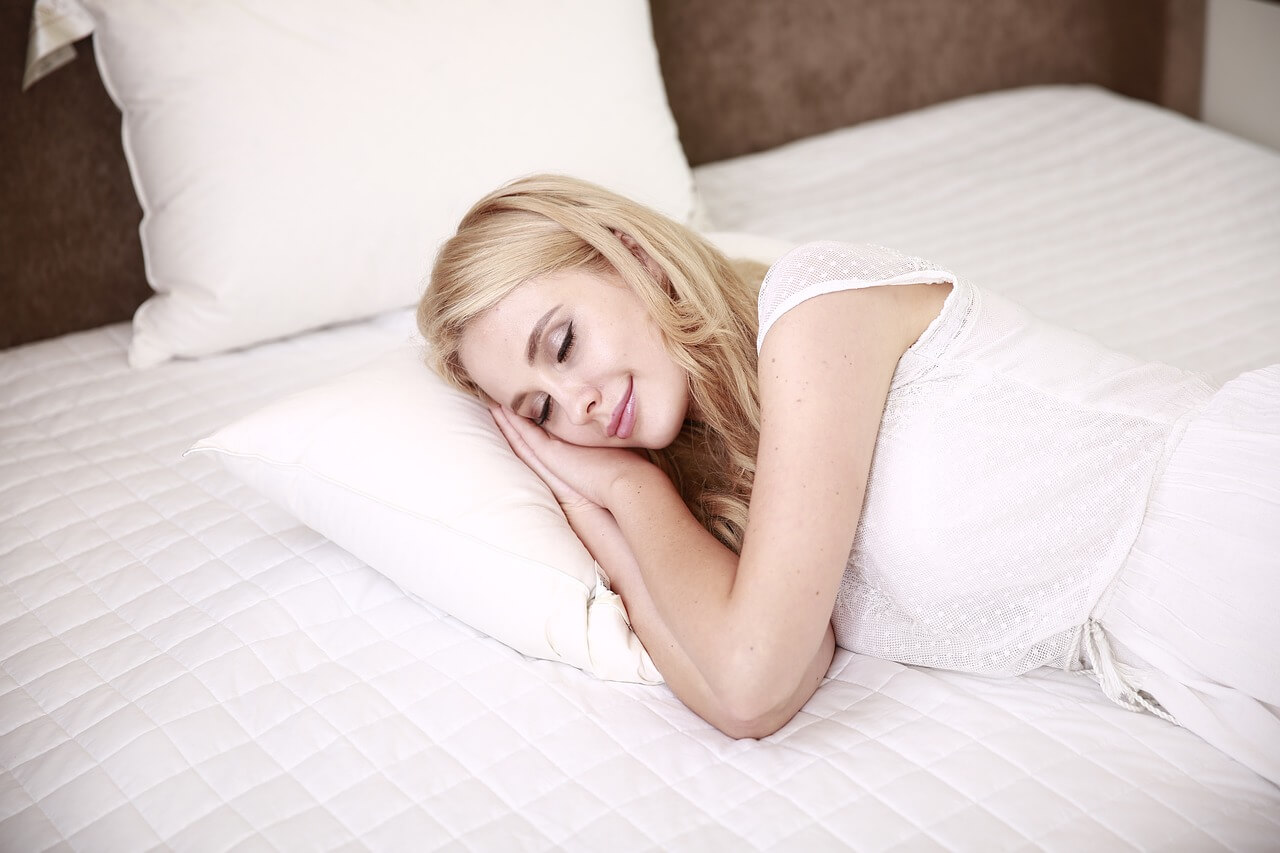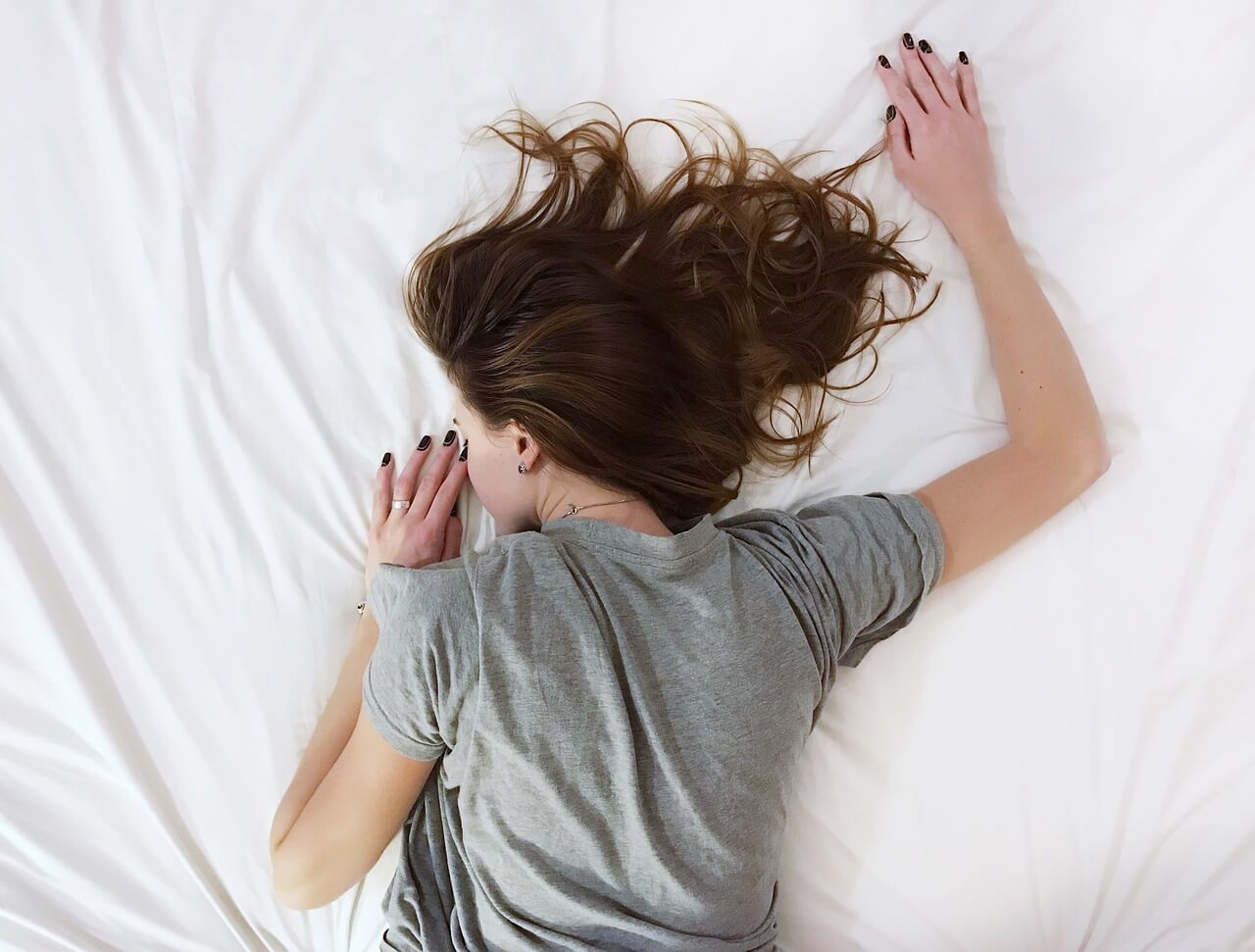Does Your Sleep Position Affect Your Running & Recovery?

Sleep is crucial to all athletes’ performance and recovery. Unfortunately, sleep is also the one thing in our daily life that many of us tend to skimp on when time gets short or if we simply cannot fall asleep when we want. On top of that, our relationship with sleep constantly changes. We have bedtime rituals, morning rituals, certain sides of the bed we must sleep on, all of which evolve. People get pretty set in their ways when it comes to sleep especially when it works for them or seems to be working for them.
Duration of sleep and quality of sleep no doubt determine if you are getting a good night’s rest or not, but is there anything else? Can sleep position affect your sleep quality? Additionally, does being in one position at night have any positive or negative effects on your body that would hinder running performance or recovery?
Sleeping Position Do’s
There is a “best” position for sleeping that will aid in both your running and recovery. Ideally, you want to sleep in a way that does not hinder the recovery your body will naturally take care of as you sleep and one that will help you avoid waking with any lingering stiffness that would impede your run that day.

This position is a neutral state that allows your muscles, joints and body systems (circulatory, nerve, etc.) to be in their natural state. This allows your body to mend itself without any burden or compression being added by the position you choose to snooze in. This neutral position is most often considered to be on your back, or the fancy word for it supine. But for some it can be your side. If you are a runner with sleep apnea, side sleeping would the best option for a natural state.
It important to note that sleeping on your back is only considered a neutral state when one pillow is used. If you stack pillows to prop yourself up, you are no longer reaping the benefits of being in a natural state.
Most people think sleeping on your side, whether it be the right or the left, is exactly the same. Ask any woman who has been pregnant before and told to not sleep on their right side due to the added concern of extra weight obstructing circulation to the baby; you will quickly learn your sides are not created equal. This goes for those of us who are not pregnant as well.

Sleeping on your left side is the most beneficial to our circulatory system. When you sleep on your right side it hinders the blood vessels. Sleeping on your left side allows for maximum circulation with the least amount of pressure on the heart.
If you are a side sleeper and tend to wake up with achy joints in your hips or leg joint, steal a page out of the Physical Therapy 101 book and place a pillow between your knees to aid in alignment. One item that is created equal between your left and your right side, compared to sleeping on your back or stomach, is that nerves have more pressure placed upon them on your side, therefore are more flattened. If you tend to wake up with your extremities asleep or have issues with extremities falling asleep during running, you may want to shift to sleeping on your back to help alleviate nerve pressure during the night.
Sleeping Position Don’ts
It’s almost unanimous that the worst position to sleep in on your stomach or prone. This position forces the natural curve of your spine into an uncomfortable and flat position since the weight of your core is pressed into the mattress. Not ideal since you depend on your spine for support, not only in your running, but in maintaining a comfortable upright position all day. Running double digits on a tender or sensitive back will not go well. In addition to your back, sleeping on your stomach will place added pressure on your neck since your head will be turned to one side or the other. It’s best to try and avoid this position.

Ask around the office and most people fall into the same two or three favorite sleeping positions. One of them is what is most often called the Mountain Climber. This position is lying mostly on your stomach with one leg bent up towards your chest and the other straight; like you are in the middle of a set of Mountain Climbers. This position causes pressure on your lower back. If you are a desk chair jockey this is really not an ideal sleeping position for you since sitting all day is also not great for your lower back. Having both legs up would take pressure off your pelvis, but the only people that are comfortable sleeping in what can be described as yoga’s Child’s Pose position are actual children still in cribs.
While there are general rules and best practices for sleep positions, there is a lot to be said for following what works for your body. Certain ailments and injuries will change what works best for you. Consult with your physical therapist, physiotherapist or doctor for the ideal sleep position for you and your running and recovery needs.
Sources
Latest Articles
 Is Running on a Treadmill Easier Than Running Outside?Runners have their own preferences, whether it is treadmill running, running outside on the road, or exploring trails. So...
Is Running on a Treadmill Easier Than Running Outside?Runners have their own preferences, whether it is treadmill running, running outside on the road, or exploring trails. So... Is It OK to Use Trail Running Shoes on the Road?While trail running shoes can be used on roads, especially in situations where a runner encounters mixed terrains or pref...
Is It OK to Use Trail Running Shoes on the Road?While trail running shoes can be used on roads, especially in situations where a runner encounters mixed terrains or pref... How to Fix Sore Quads After Running?Rest, ice, gentle stretching, and over-the-counter pain relievers can help soothe sore quads after running. Also, ensure ...
How to Fix Sore Quads After Running?Rest, ice, gentle stretching, and over-the-counter pain relievers can help soothe sore quads after running. Also, ensure ... 10 Fruits With The Most Electrolytes to Replace Sports DrinksThese fruits are high in electrolytes such as potassium, magnesium, and calcium, essential for hydration, muscle function...
10 Fruits With The Most Electrolytes to Replace Sports DrinksThese fruits are high in electrolytes such as potassium, magnesium, and calcium, essential for hydration, muscle function...

